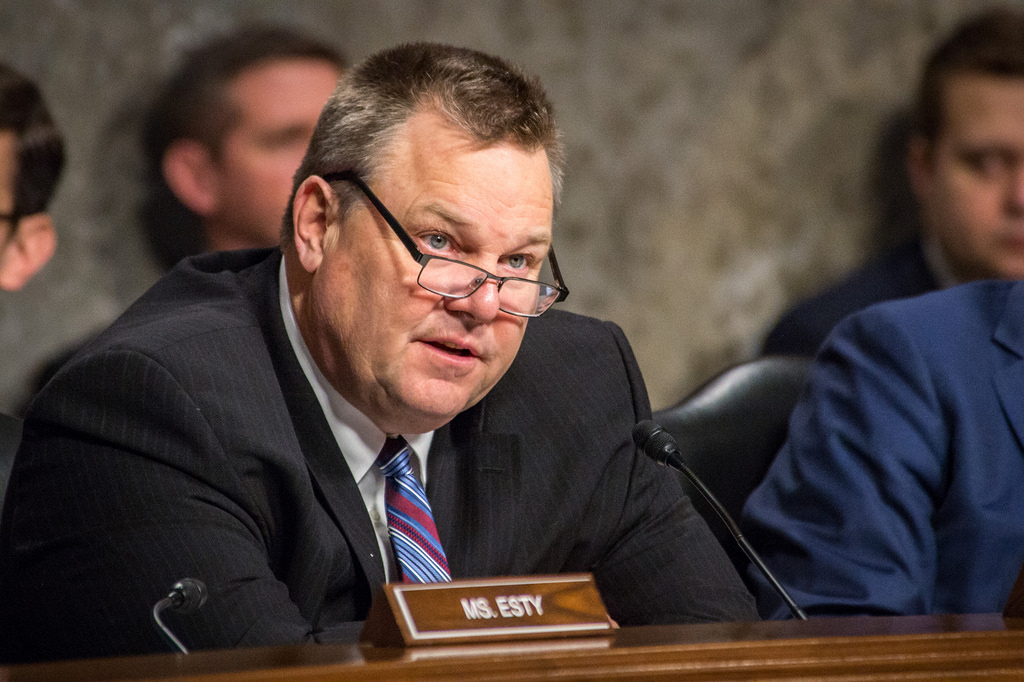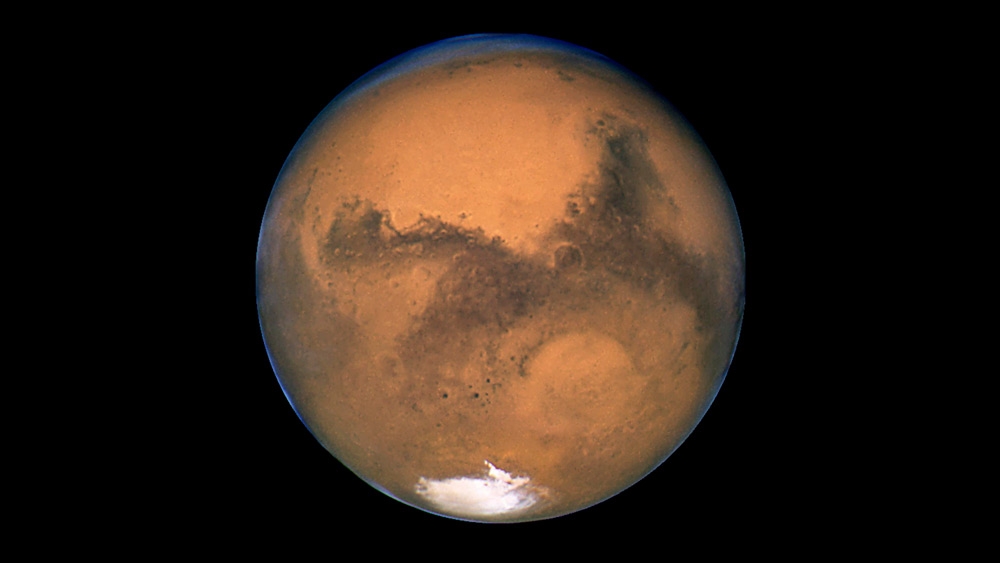Huh? The New York Times says vitamin D health benefits are a right-wing conspiracy theory
08/22/2018 / By Isabelle Z.

In recent years, vitamin D has been stealing the spotlight as more people learn of its many health benefits. It’s great news that something so affordable and accessible can help people stay healthy, but one group that’s not so excited about the vitamin D hype is Big Pharma. Although vitamin D supplements are available and selling quite well these days, people can easily get all the vitamin D they need simply by spending some time outdoors. Not only are there few ways to profit from that, but the vitamin prevents so many diseases that it can also keep people from needing medications in general.
Perhaps that is why the New York Times, long considered a propaganda rag for Big Pharma, is doing its best to cast a negative light on vitamin D. They can’t claim it’s dangerous because it isn’t, so they’ve taken a different approach: attacking Dr. Michael Holick, one of the vitamin’s biggest proponents. In the process, they’re taking the opportunity to cast doubt in people’s minds about the effectiveness of it.
Writer Liz Szabo describes a respected Boston University endocrinologist as extreme right from the first sentence. She recounted his efforts to warn people of the dangers of the world’s widespread vitamin D deficiency in ways that make him sound slightly unhinged, quoting him as wondering if the dinosaurs died from weak bones due to the lack of sunlight that followed the asteroid blamed for their extinction.
Her real issue with Dr. Holick, however, appears to be the amount of money his recommendations have helped the industry make. In 2017, she reports that supplement sales rose nine-fold over the previous decade to reach $936 million. Meanwhile, in 2016, more than 10 million vitamin D test were ordered by doctors for Medicare patients in a 547 percent rise over 2007; the cost of these tests amounted to $365 million. In theory, a lot of people could have therefore avoided expensive health problems by getting their vitamin D levels in check.
Szabo calls out Dr. Holick for his consultancy role with Quest Diagnostics, who perform vitamin D tests among many other lab tests. She says that a paper overseen by the doctor published in the peer-reviewed Journal of Clinical Endocrinology and Metabolism was used by the Endocrine Society to advocate for a significant expansion of vitamin D testing that included groups that generally have lower levels of these important vitamins, such as those who are obese, black, or Hispanic. It’s not clear why she thinks that raising awareness of this legitimate health concern and testing vulnerable groups is so bad, but it may have something to do with Big Pharma’s lost profits.
New York Times has to protect Big Pharma
It’s not surprising to see the New York Times smearing nutrients that prevent disease. After all, they’ve got Big Pharma sponsors to answer to, as evidenced by their support for deadly vaccines. In 2016, the paper’s Well section cast doubt on studies demonstrating the health benefits of turmeric, dismissing the findings of supportive studies based on their size and questioning its bioavailability.
Thankfully, vitamin D’s benefits speak for themselves. It’s going to take a lot more than the New York Times discussing one proponent’s finances to convince people not to focus on this simple health booster. With the “sunshine vitamin” known to help prevent diseases like heart disease, cancer, and neurodegenerative disease, along with its ability to help the body detoxify cancer -causing heavy metals, most people have little to lose and plenty to gain by spending some extra time outside with their limbs exposed.
The evidence presented in the article of Dr. Holick’s personal financial gains from touting this legitimately good solution is pretty weak, and it’s nowhere near the level of doctors receiving millions in kickbacks for getting their patients hooked on deadly opioids, for example. Whatever beef the paper may have with Dr. Holick, they’re just making themselves look foolish by attacking this all-star nutrient.
Sources for this article include:
Tagged Under: Big Pharma, conspiracy, Dr. Michael Holick, hypocrisy, left cult, Libtards, mainstream media, Michael Holick, natural cures, natural medicine, natural remedies, New York Times, nutrients, prevent disease, prevention, propaganda, stupid, sunshine, sunshine vitamin, vitamin D, vitamins



















